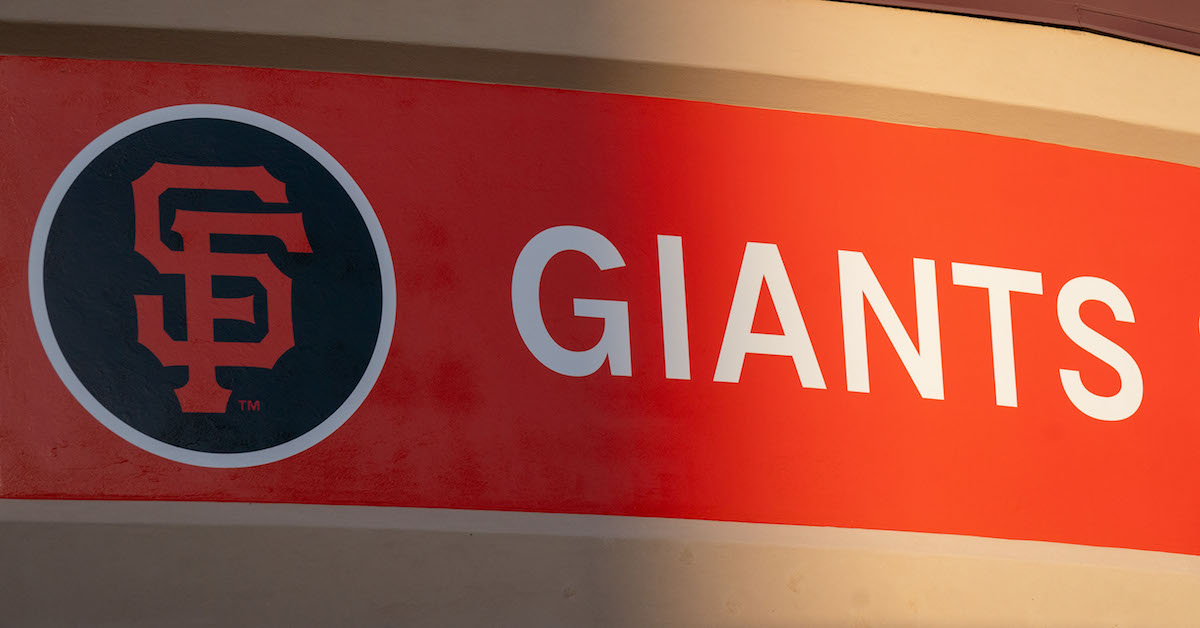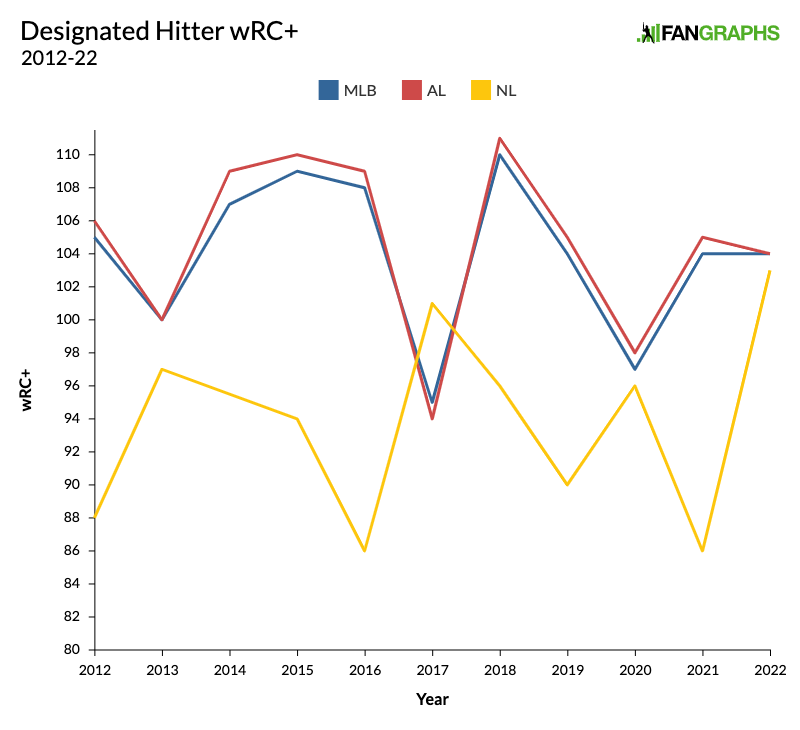One Low-Leverage Game, Three High-Interest Situations

Here’s something you probably already knew about me, or at least inferred: I love baseball. It would be hard and unsatisfying doing this job otherwise. Here’s something you might not have known, though: I don’t actually attend that many games. I watch tons of games on TV, and I spend tons of time analyzing individual snippets, but that doesn’t leave much time to go to the ballpark, grab a seat, and take in a game.
Last Thursday, I made some time. My mom is in town visiting, and the Giants were playing the Diamondbacks in a day game — Logan Webb against Zac Gallen, two excellent pitchers facing each other in a game that didn’t have a ton of playoff implications. My wife was able to squeeze in a bit of time away from work, so the three of us got cheap seats down the left field line, bought nachos and beer, and sat down for a relaxing afternoon.
The game writ large wasn’t particularly interesting. Webb didn’t have it; he didn’t strike out a single batter, and the Diamondbacks blooped and lined their way to five runs against him. Gallen was dealing; he went 7.1 strong innings with 12 strikeouts and nary a walk. Final score: 5–0, visitors. But baseball is amazing! In that boring, snooze-worthy game, I found four fascinating individual plays to talk about. So let’s talk about them, by themselves, without any need for a connection to the season as a whole.
Read the rest of this entry »










